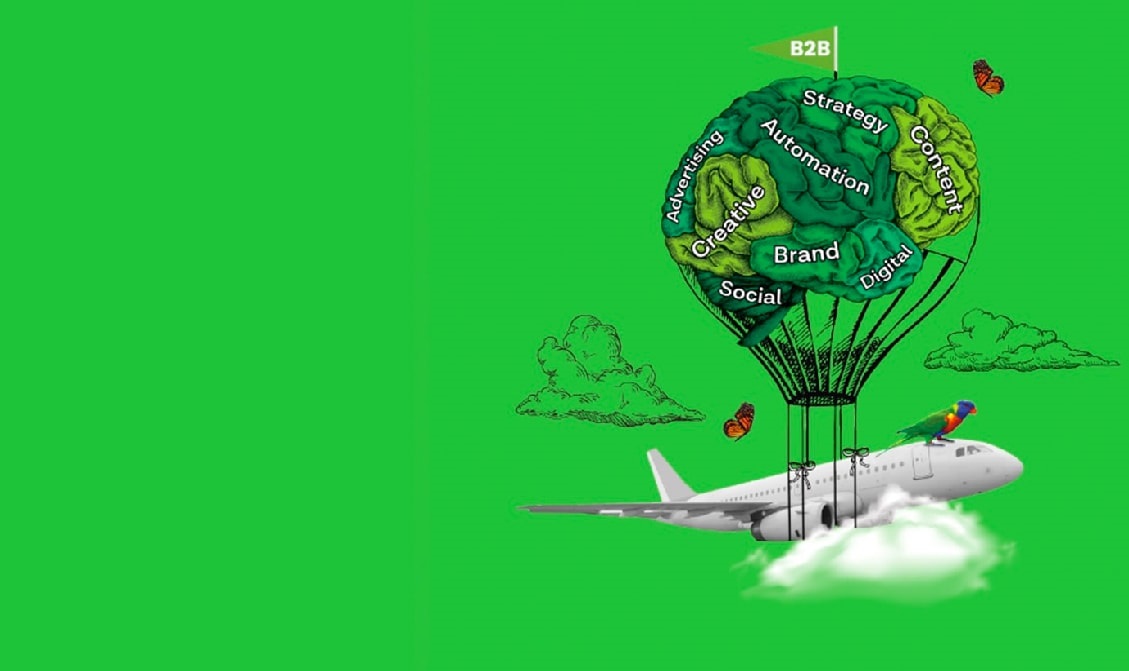A common mistake that almost everyone makes is that they confuse a visual identity with branding. Your logo is not your brand. It simply represents your brand which is far more nuanced and multi-faceted than a well-crafted two-dimensional graphic.
Your brand is a statement of trust. It is a promise that you are who you say you are and that you’ll do what you say you do. The more well-loved your brand is, the more aware you need to be about how your actions affect your customers. Remember New Coke? Victoria Bitter apparently forgot those lessons when it tried to alter the alcohol content of their brew, not too long ago.
That brand of yours does not really live within the auspices of your business. It lives where it matters most, in the minds (and hearts) of your customers. In many ways, it is their brand too. This is the key when it comes to using brand as a strategic marketing asset.
If you’ve not done so, an honest brand audit is highly recommended. The results might surprise you. Apart from learning about what the market thinks about your brand, the real gold is in how closely that external perception aligns to your own understanding of what is at the core of your brand – its DNA, so to speak.
Simply knowing what kind of messages, content and imagery will be receptive to your audience (and which ones are not), is an essential first step in crafting go-to-market-stories. Brand aware marketing is not just about influencing how your business is perceived, it is also about creating the trust required for mutually fruitful relationships to take place.
GE recently pulled off a branding coup with a masterfully crafted, science-fiction podcast, that has made it the doyenne of the B2B marketing space. And it did it by understanding its brand DNA, which can be summed up in this sentence – world changing solutions through science, technology and innovation.
What is your brand DNA and how is it expressed in your daily marketing communications?
Move beyond advertising & take risks
A firm grasp of branding allows you to take more risks – an essential tactic in a competitive market of imitators. If you can’t trust your brand, you’ll fall back on the same old trappings.
But if you can rise above, creativity opens up.
General Electric took that kind of a risk when it launched the masterfully crafted, science-fiction podcast The Message– a smash hit of 2015. GE took B2B marketing to another level by confidently spinning their brand DNA (world changing solutions through science, technology and innovation), into binge-worthy entertainment.
“I don’t consider it advertising,” says GE’s chief creative officer Andy Goldberg.
“It’s a science fiction story to connect listeners with what the GE brand is about, without selling the GE brand.”
It was so successful, they’re following it up with another original podcast, LifeAfter.
How are you using the big ideas, themes and emotions of your brand DNA to spark original content marketing that connects with prospects and customers?
Other popular posts:
.png)
 Brand
Brand Strategy
Strategy Creative & Content
Creative & Content






